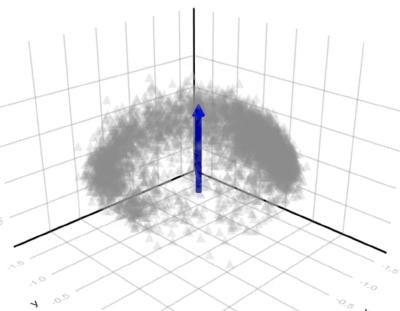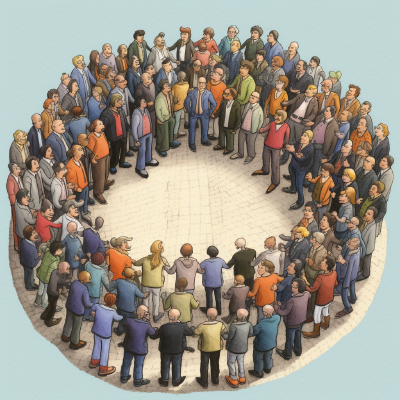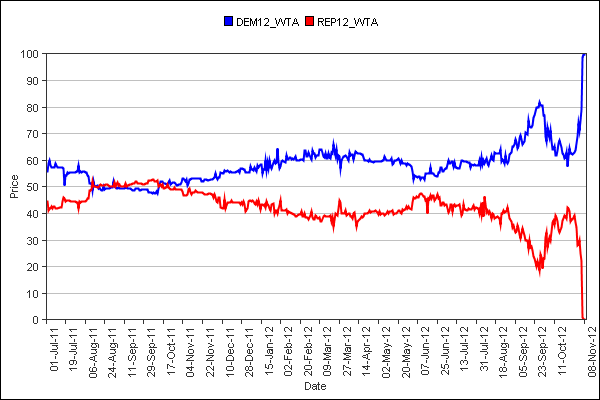Social Protocols
Essays on the design of social protocols for improving public discourse
Introduction
UPDATE: See a discussion of this article on Hacker News.
Bridging-Based Ranking is a way of scoring and ranking content on social platforms that bridges divides. The term “Bridging-Based Ranking” was introduced in this essay by Aviv Ovadya of the Harvard Kennedy School Belfer Center.
In this essay Ovadya explains how scocial media algorithms today tend to promote polarization and division. But it doesn’t have to be this way. Why can’t ranking algorithms be designed so that they tend to bridge divides instead of widening them? Instead of promoting divisive comment that triggers people’s tribal instincts, couldn’t the algorithms help find and promote areas of common ground?
The Law of Attention
Part of the Game Theory in Social Media series
Truthtelling Games
Part of the Game Theory in Social Media series
Give Truth the Advantage
Part of the Game Theory in Social Media series
A deliberative poll measures the informed opinion of a group of people who have participated in a discussion about the topic of the poll. This essay introduces a method for integrating deliberative polling into online discussions in social platforms, in order to discover the informed opinion of a group.













